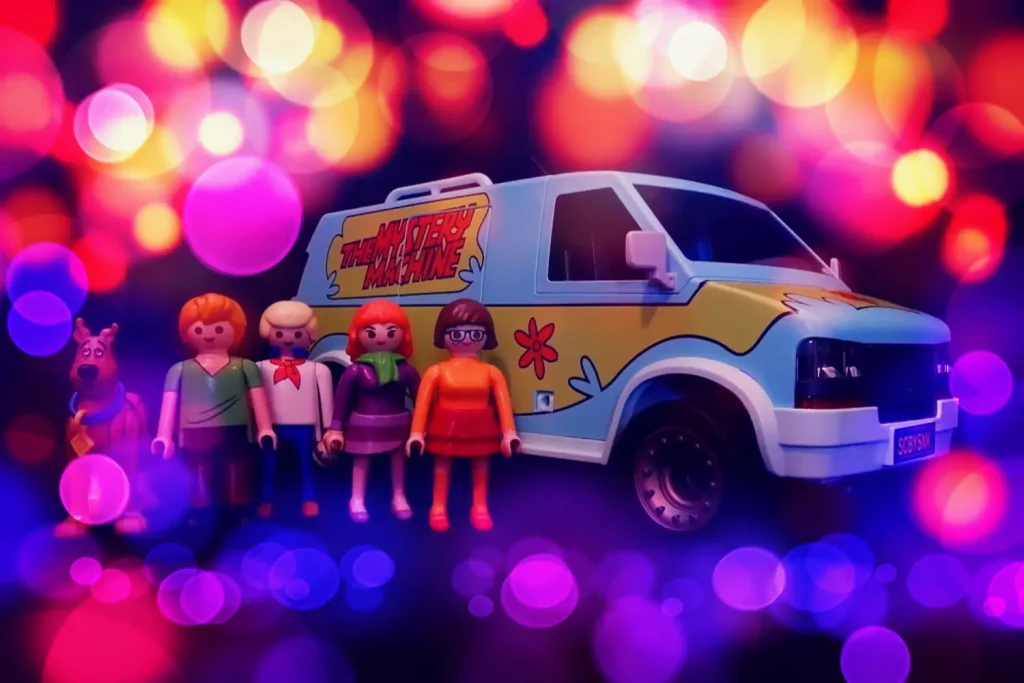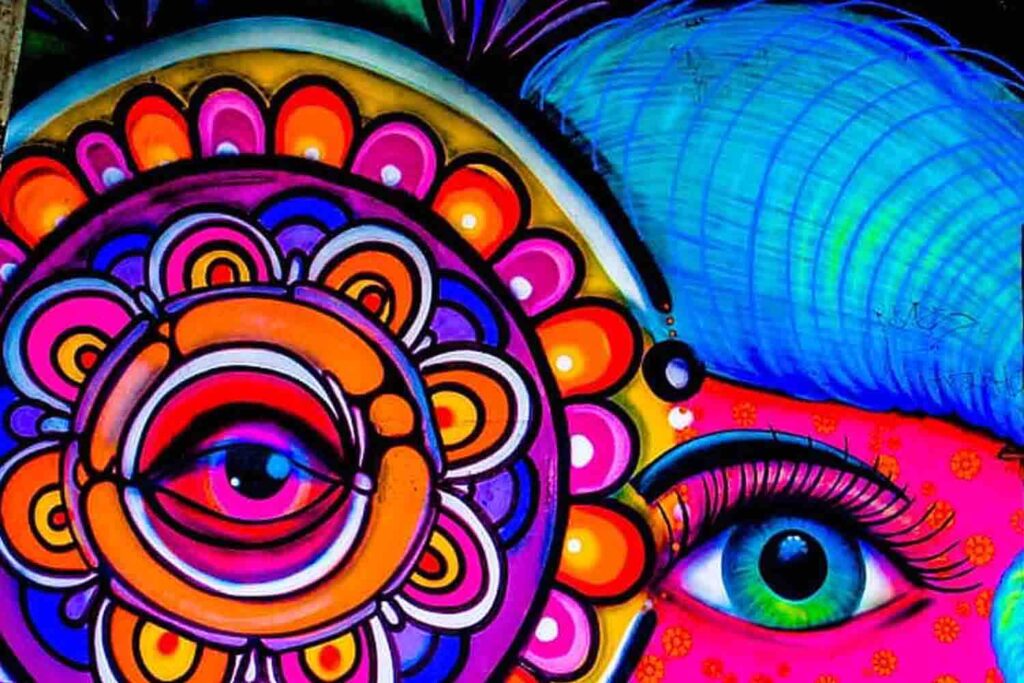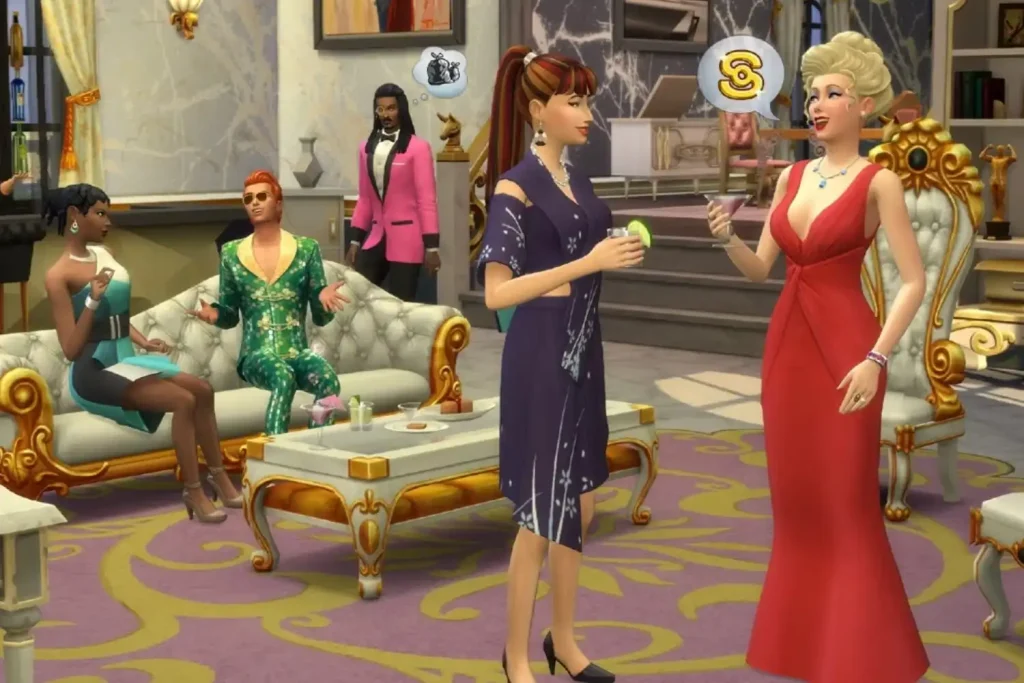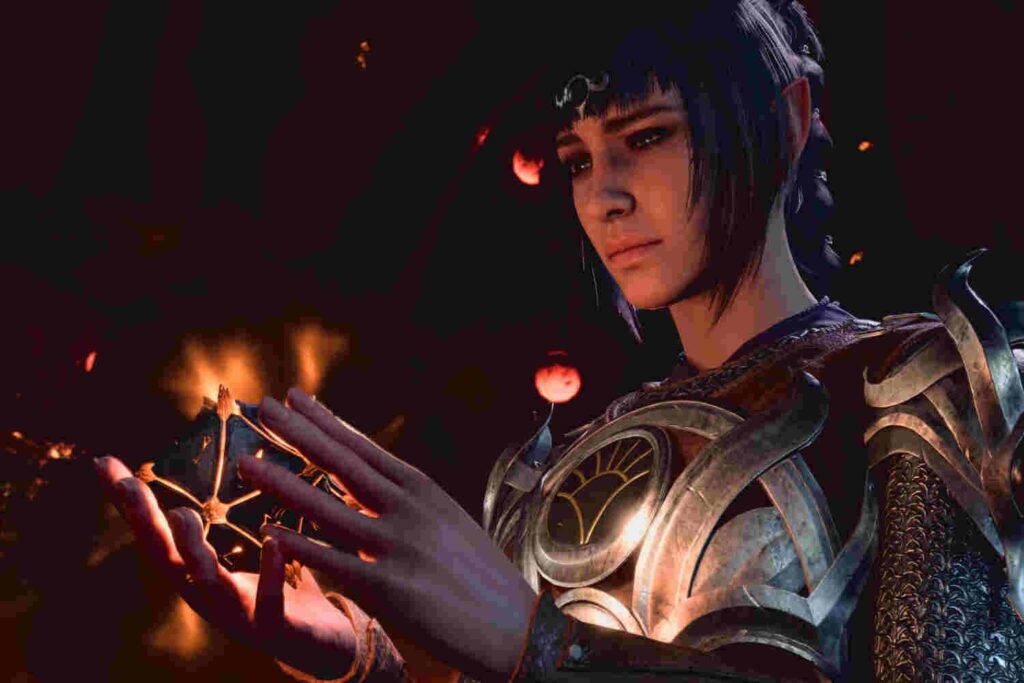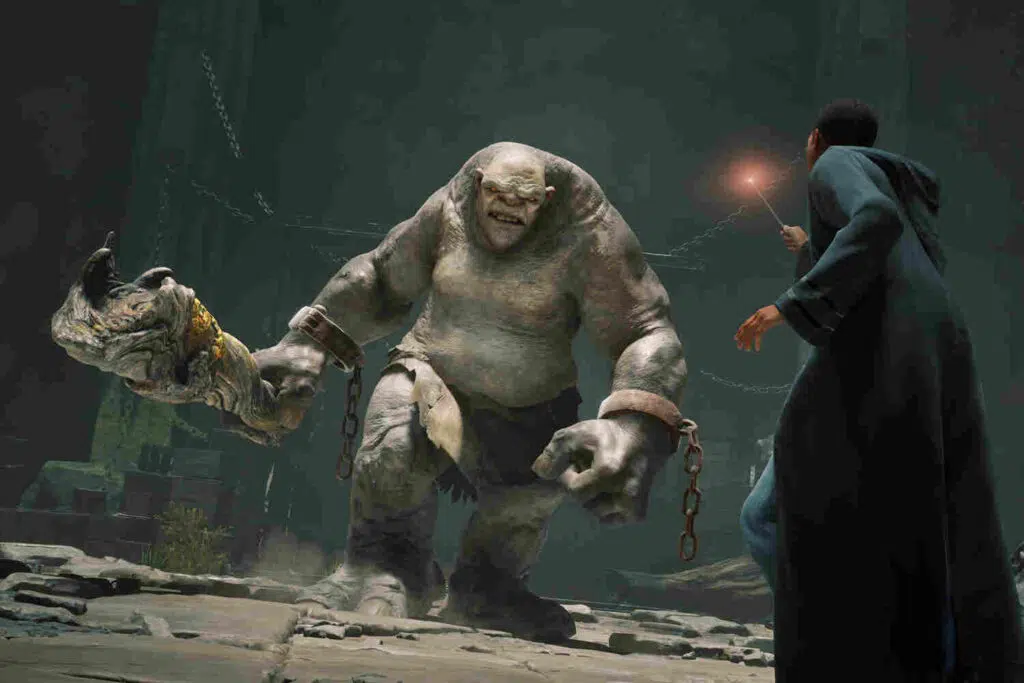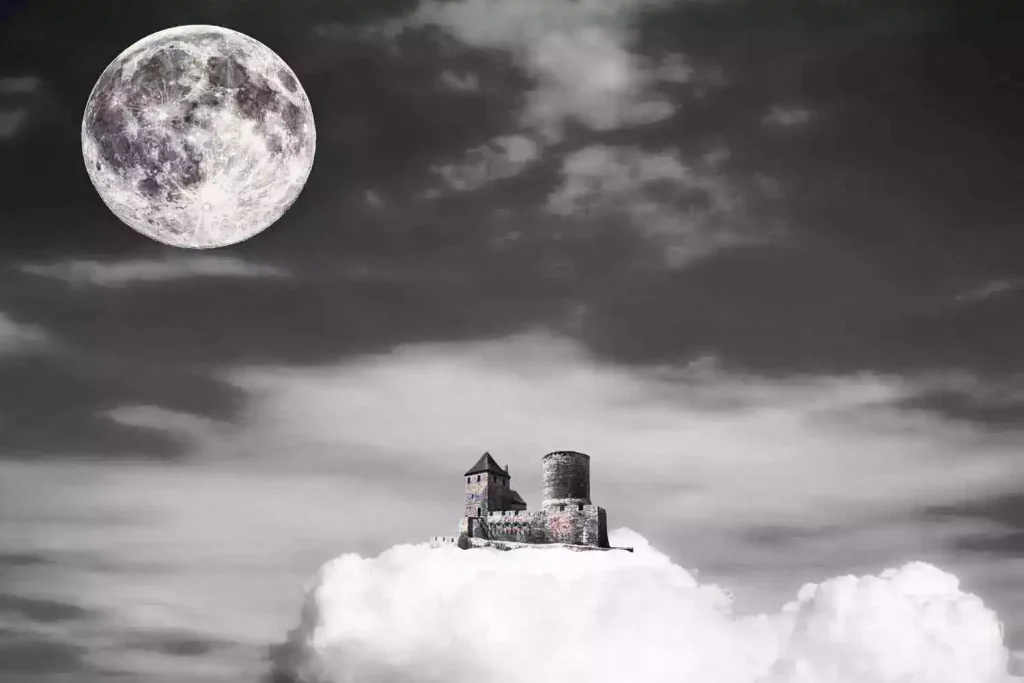12 Disturbing Books to Keep You Up At Night
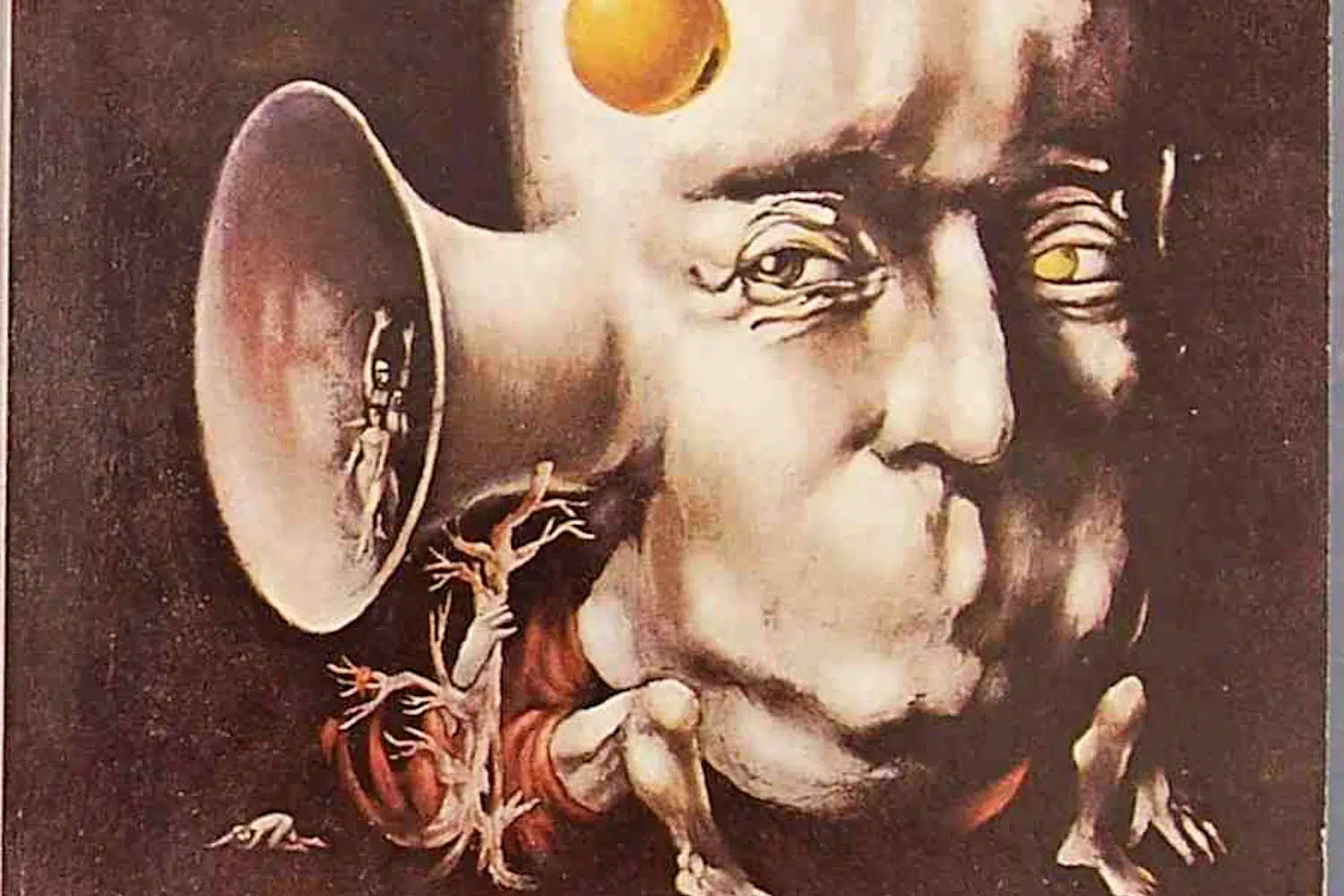
We’ve all encountered an unsettling read or two in our lifetimes. Sometimes, they disturb us so much we can’t get through them. Other times, they disturb us such that we just can’t look away. The one thing they seem to have in common is that they often go perfectly with a quality hit. So go ahead and get a few in before diving into some of the best, most disturbing books ever written.
Photo: Flickr
House of Leaves (2000) by Mark Z. Danielewski
Frequently described as one of the scariest books ever, House of Leaves is Danielewski’s debut novel. A fact that just adds to the book’s horror.
This book is a surreal, post-modern classic. And it is designed to disturb you, mind, body, and soul. It follows a young man who discovers a curious manuscript called The Navidson Record. It turns out to be a document of a family’s strange experiences with a house. Their gradual descent into insanity will have you questioning your own reality.
The book beautifully captures the feeling of dread and mystery that makes for a disturbing read. But beyond tone, this book is written in a rather jarring manner. A story within a story, filled with discordant timelines offers an extremely disorienting experience.
The Metamorphosis (1915) by Franz Kafka
What makes a book truly disturbing? Is it graphic violence? Disturbing sexual content? Psychological torture?
All of the above?
In the case of Metamorphosis, it turns out it’s not really any of the above.
The book follows a man who wakes up one day to find out he is turning into a massive insect. The rest of the book follows him trying to navigate this new existence, personally, professionally, and philosophically.
Kafka, being the thinker he was, wrote this book to detail feelings of loneliness and estrangement. His protagonist goes through various stages of grief, among other feelings, including denial, acceptance, and decline.
And these feelings are beautifully encapsulated in the story of a man whose body slowly descends into insectitude.
The Yellow Wallpaper (1892) by Charlotte Perkins Gilman
Long stories and novellas generally have more room to build up their disturbing premise. This is much harder to do in the short story format. Yet, Gilman does this beautifully with The Yellow Wallpaper.
The story follows a woman whose mental health is on the decline. She heads over to a rented summer country estate with her family for a “rest cure.” But while there, her obsession with the yellow wallpaper in her room soon drags her further into the depths of insanity.
Gilman tackles psychosis, depression, anxiety, and so much more in this piece. Her work also takes an honest look at marital relations and feminism in the Victorian era. It additionally addresses the woefully inadequate nature of the help offered to someone on the brink of losing their mind.
There is something uniquely unsettling about witnessing someone’s mental decline. And yet, this story is quite cathartic for anyone who has endured the maladies that affect the leading lady.
I’m Thinking of Ending Things (2016) by Iain Reid
This debut from Reid is layered, nuanced, and nothing like what it seems. Every time you think you have it figured out, you’re wrong. And this culminates in one of the most jarring final acts in any modern novel.
The tale opens with Jake and his girlfriend going to meet his parents on their remote farm. She’s been planning on ending things with Jake, but just hasn’t found a way to do it yet. She comes to regret this as the trip goes from unsettling to horrifying. And soon it distorts her reality and eats away at her sense of identity.
As far as disturbing books go, this one takes the cake. And then smashes it straight into the ground.
The Haunting of Hill House (1959) by Shirley Jackson
The name of this gothic horror novel might sound familiar to most. That’s because the book is widely acclaimed and has been adapted into several different formats, including a Netflix series.
The Haunting of House Hill follows four main characters: supernatural investigator Dr. John Montague, shy young Eleanor Vance who harbors a deep, dark resentment, bohemian artist and lesbian, Theodora, and the heir to Hill House, Luke Sanderson.
At the most superficial level, this is a ghost story. And that is enough to create a sense of horror. But what makes this book disturbing is its exploration of the characters’ psyches. And how they are deeply impacted by the horror around them.
The truly disturbing elements of this book, thus, come not from its actual horror. In fact, the book is noted for having some pretty good comedic elements in it too. Instead, its disturbing elements come from the implied horror of being a slave to one’s own mind. As such, Jackson manages to craft true dread in her reader by using entirely regular, seemingly innocuous scenes. So if you enjoyed disturbing books like Stephen King’s The Shining (1980), you’ll definitely find something to love in The Haunting of Hill House.
Johnny Got His Gun (1938) by Dalton Trumbo
If you’re looking for double the disturbia, this anti-war novel from Trumbo should do it for you. It’s like the weird hybrid horror child of The Metamorphosis and every psychological thriller book that depicts being imprisoned in your own mind. And it’s stunningly horrifying.
Joe Bonham wakes up in a hospital bed. He had been caught in the blast of an artillery shell in World War I. Now he can’t seem to move. Or speak. Or hear. Or…anything.
Turns out, the blast took more of him than it left behind.
Everything about this tale is disconcerting. From the gory state Joe has been left in by war to the chilling torment of being stuck with a mind without a body.
I Have No Mouth, and I Must Scream (1967) by Harlan Ellison
If Johnny Got His Gun keeps you up at night, then I Have No Mouth, and I Must Scream will leave you questioning the point of everything for weeks. A true hallmark that separates good disturbing books from the rest.
Set in a dystopian future, this short story follows a sentient supercomputer with a penchant for genocide. On a deeper level, it speaks to the harrowing knowledge that comes with taking a bite out of the apple. And the deep desire for revenge on one’s creator that follows.
There’s a lot to unpack in this one. And the expertly-crafted nature of Ellison’s story will keep you on the edge of your seat the whole way through.
Coraline (2002) by Neil Gaiman
Neil Gaiman is most widely known for his comic book series The Sandman, recently adapted into a series. And Coraline might be more commonly associated with the 2009 Tim Burton movie. But Gamian did, in fact, author the creepy dark fantasy horror novella for young readers.
The premise is simpler than most horror stories. A young girl stumbles upon an alternate universe with copies of her real-world family. The initial allure of a world that gives her what she wants soon descends into absolute horror.
The story draws on a wide variety of themes, ranging from brave adventurer and coming-of-age to intergenerational trauma and a quest for identity. Its horror, particularly for young readers, stems from the specific and nuanced horror elements Gaiman makes perfect use of. For adults, however, the horror is rooted in watching Coraline embrace seemingly-innocent things that we know, from experience, to be foils for true horror.
The Legend of Sleepy Hollow (1820) by Washington Irving
Irving’s Sleepy Hollow has seen its fair share of adaptations. The most notable one would be the 1999 version by Tim Burton. But the original remains one of a kind.
The tale follows a young teacher, Ichabod Crane. He moves to the secluded town of Sleepy Hollow to occupy the role of a schoolmaster. While there, he finds himself in competition with Abraham “Brom Bones” Van Brunt for the affections of the 18-year-old Katrina Van Tassel. To deter him, Brom uses plenty of underhanded tactics which play into the town’s rather creepy folk tales and various supernatural occurrences.
Overall, the story tends to offer an interesting insight into romance, greed, and uncertainty. It also gives us a good old-fashioned prim-and-proper-city-boy versus rugged-manly-country-boy tussle.
But the reason Sleepy Hollow became so popular and remains a Halloween staple is its headless horseman. In the tale, the character appears to be a ghost haunting the town in search of his head. In literary discussions, he is read as everything from a prank by Brom to scare Ichabod to a representation of the town’s guardian protecting it from a foreign invader.
Ultimately, the tale is creepy because it doesn’t really offer any answers or resolutions. Disturbing books can often leave you discombobulated. But not all of them do so right away or with quite as much ferocity.
Sleepy Hollow’s blend of superstition, folklore, and the supernatural delivers a timeless exploration of fear, paranoia, and hysteria. And by the end, you’ll find yourself lost within the distinction between reality and the supernatural.
Carmilla (1872) by Joseph Thomas Sheridan Le Fanu
The story of a vampire stalking a young woman, blending the lines between love and lust, is certainly not novel. Except, of course, in Carmilla, which is widely regarded as one of the earliest works of vampire fiction. It also holds the unique distinction of being a queer-coded vampire tale, seeing as the vampire in question is a girl herself.
Bram Stoker’s Dracula wouldn’t come out for another 25 years. It would go on to influence vampire literature for decades to come. And it remains one of the more disturbing books of the genre. Much of modern vampire literature has, of course, been influenced by romanticism over horror. A leaning that has earned it quite a deal of criticism. But Le Fanu’s work demonstrated that love and horror could blend beautifully to create quite an unsettling narrative.
Frankenstein (1818) by Mary Shelley
No homage to disturbing horror is complete without acknowledging Shelley. She is often regarded as one of the most influential figures in modern horror.
Frankenstein tells the story of a doctor whose unorthodox experiments using pieces of corpses results in the creation of a sapient creature. The book’s horror is built around the creation of “Frankenstein’s monster,” a trope that has been replicated across all media. The Rocky Horror Picture Show is an obvious contender. But the true horror in the story isn’t the monster at all. It is instead in the inhumanity and monstrosity of the humans around it. The ones who play god but embrace no part of divinity.
Another layer of horror is created by the philosophical musings around the nature of life itself. Particularly, what separates the living from the dead. This concept is an integral part of most modern sci-fi and continues to plague thinking minds everywhere. And that is precisely why Shelley is an absolute must-read for fans of disturbing books.
The Call of Cthulhu (1926) by H.P. Lovecraft
Lovecraft’s work is so significant to the disturbing genre that it spawned the term “Lovecraftian horror.” It refers to weird fiction that focuses more on dread than gore. This is a pretty solid introduction to the author’s work. Especially if you have the privilege of getting to experience it for the first time.
The Call of Cthulhu is a classic horror story and one of Lovecraft’s most disturbing works. It follows Francis Thurston, who journeys into the unknown through the notes of his deceased uncle. There, he finds a mysterious cult, a human-octopus-dragon hybrid, and a chilling understanding of mankind’s rather insignificant position in the global order.
What makes Lovecraft’s work uniquely disturbing is his ability to reimagine reality in horrifying ways. As such, he is able to go beyond the existing depictions of the human condition. And dive into the core of what makes us who we are.
Ultimately, that means reading his work is like staring into a grotesque mirror wondering why it’s staring right back at you.
Once you find yourself enthralled, you can dive into his other disturbing books. This includes the short story Rats in the Walls (1924) and the novella At the Mountains of Madness (1936).
Nothing Disturbs Quite Like the Truth
Literature is a medium that holds within it the ability to convey the deepest, darkest parts of the soul. As such, plenty of stories have been written that can leave a reader changed forever. But it isn’t, ultimately, the gore or sex or thrill that really gets to us.
Disturbing books are what they are, simply because they always make sure to add a hint of truth to otherwise chilling narratives. And it lingers on the palate long after the ballad is done.

